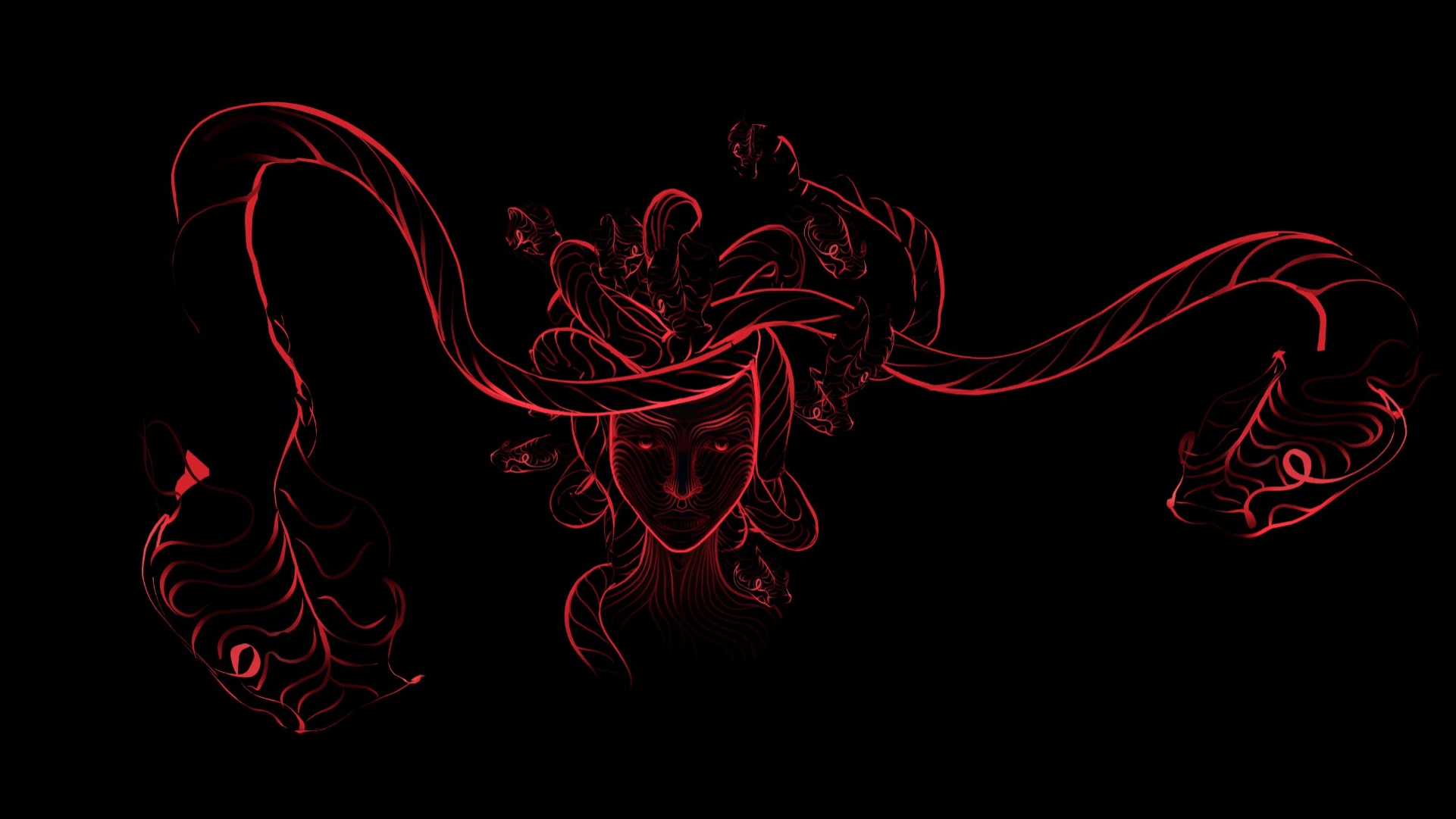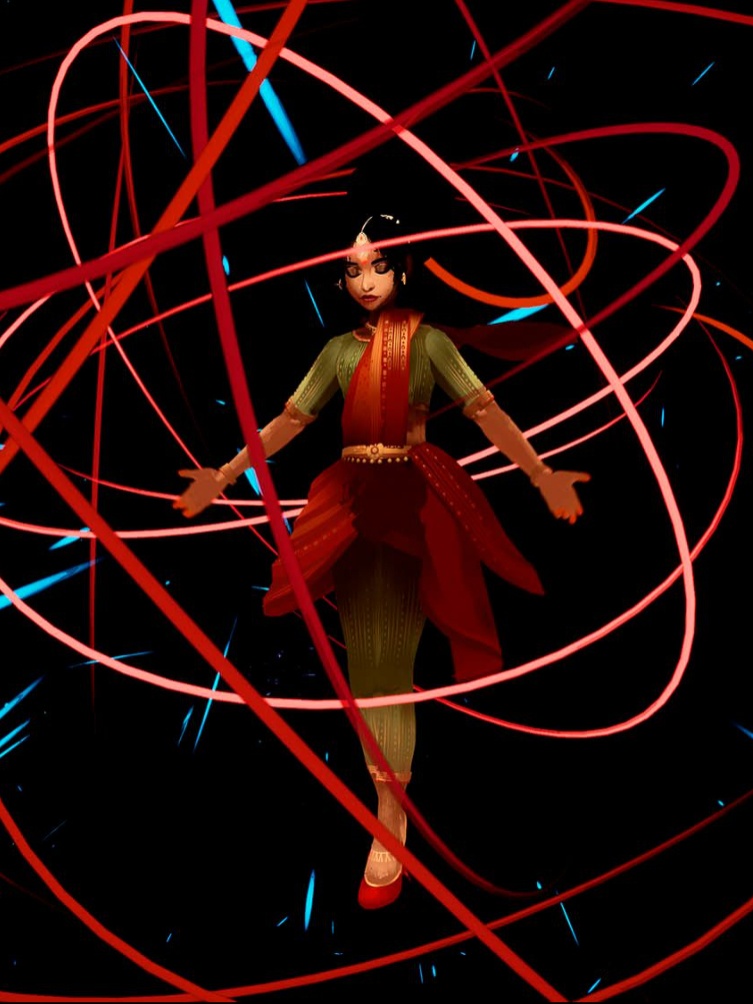It’s a surprise that VR films ever get made.
Off the bat, there’s the issue of funding. Most creators are dependent on grants from governments or tech companies; neither is a reliable or steady source. And even if you had the money, you would need to pull together a team of creators that includes visual artists, 3D modellers, programmers, and technical sound designers. All of these creatives need to be:
a) well-versed enough in the tech to work with it
b) creative enough to challenge and subvert it
c) free enough to dedicate a significant chunk of time to the project
d) passionate enough to do it, despite knowing the project may never see the light of day
Even after you might manage to scrape together some funding and put together a dream team of creators who believe in your crazy idea, things don’t always fall into place. The tech is nascent, there’s no template to follow, no textbook, no masterclass. Everything is trial and error.
Three months in, you may discover the platform can’t support the artwork you’ve spent months creating and the whole thing needs to be redone. You’ve burnt through your funding, your creators are now in full-time jobs, and a year later, you’re back at square one.
So, when an immersive experience does get made, it’s a pretty big deal. In fact, the committee at the Festival de Cannes, realising just how big a deal it is, has finally created a dedicated competition category specifically for “narrative-driven experiences that move beyond the traditional two-dimensional cinema screen”. This year’s award winner, Stéphane Foenkinos and Pierre-Alain Giraud’s Colored, plunges audiences right into segregation-era America. But of the eight works that were in competition, one that may particularly stand out to Indian audiences is the Indira Varma-starrer, Maya: The Birth of a Superhero.

Still from Colored
Developed by artist Poulomi Basu and filmmaker CJ Clarke, through their production company Just Another Production Company, Maya has been more than a decade in the making. The project is an extension of Poulomi Basu's Blood Speaks series which grapples with issues of reproductive rights, menstrual rights, and violence against women.
Unlike the previous projects in Basu’s oeuvre, Maya is light-hearted, fun, and a little irreverent at times. Maya tells the story of a British-Indian teenager who gets her first period and experiences all the shame and ridicule that comes with it, before she realises that she has also developed superpowers. The immersive medium allows you not just to witness, but to embody the titular heroine. When she is bullied in school, you experience her terror and claustrophobia first-hand. When she has to fight a (beautifully hand-drawn) monster that lurks in a river of blood, you’re the one who has to stare the terrifying beast in the eye and defeat it. “This is the perfect medium to tell dream narratives—and also shame narratives,” explains Basu, “You’re encountering the experience in such an intimate and provocative way, so the tech itself becomes the agent provocateur, in a way.”









